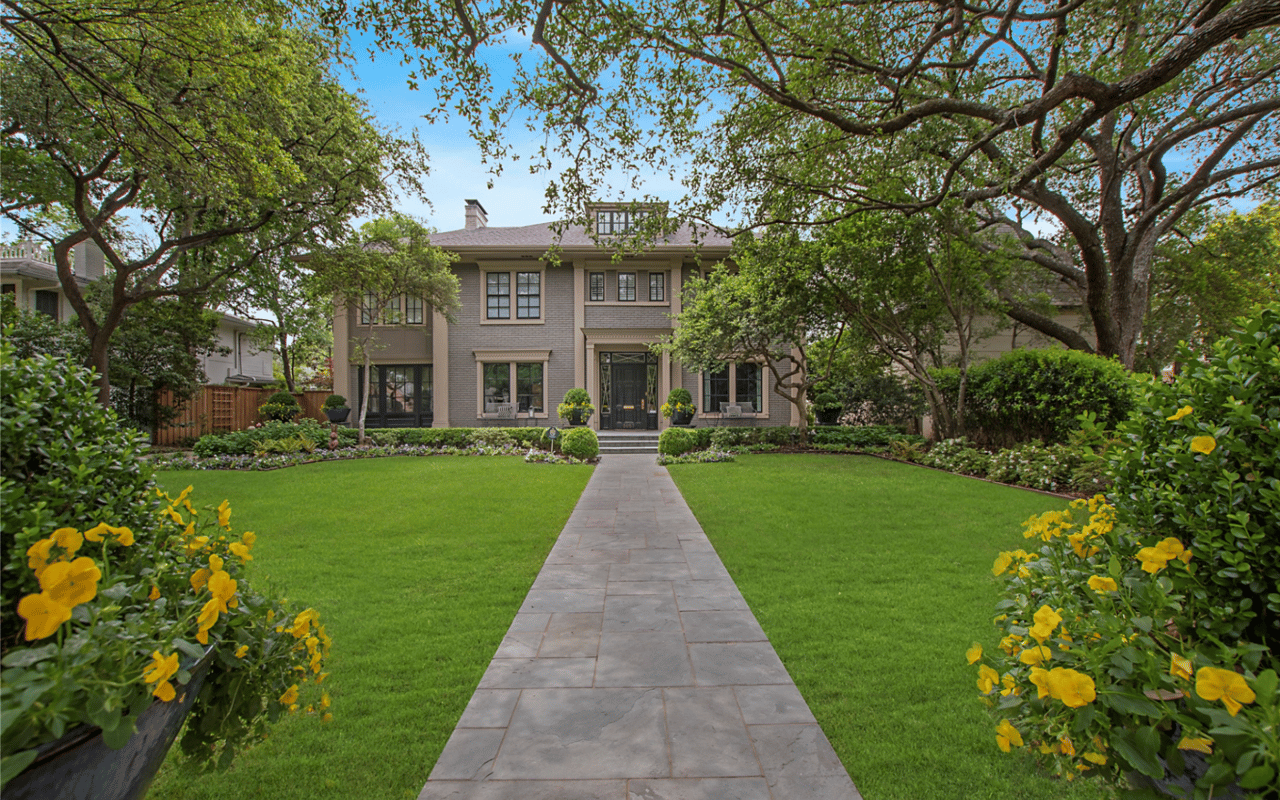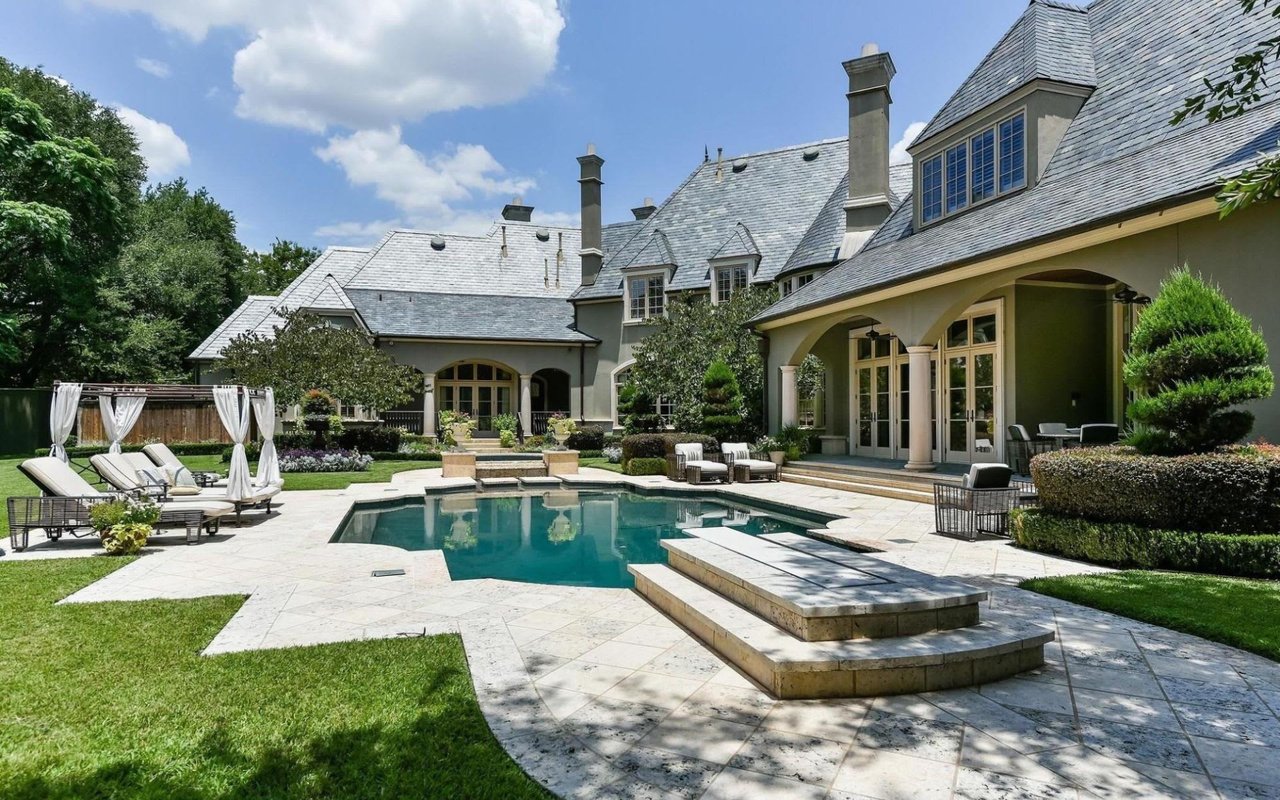Selecting the perfect paint colors for your Dallas home isn't just a matter of aesthetic preference — it's a strategic decision that taps into the psychological effects of colors, influencing mood, emotions, and even behaviors within your living spaces.
Read on for a dive deep into the psychology behind color choices, helping you transform every room in your home into a perfect blend of aesthetics and functionality.
Understanding Color Psychology
At its core, color psychology explores how hues impact human behavior and emotion, subtly influencing everything from mood to productivity. Color psychology provides fascinating insights into how different hues can affect feelings and actions.
Warm Colors
Warm colors like red, orange, and yellow can stimulate the mind and have an energizing effect, sparking conversations and uplifting spirits. These are ideal for rooms that benefit from social interaction, especially living spaces and dining areas, where they foster social interactions and lively gatherings. A dining room painted in a rich terracotta or a living room in a sunny yellow can create welcoming spaces that invite guests to linger and chat.
Cool Colors
Conversely, cool colors, such as blues, greens, and purples, are soothing and calming. These shades are often used in spaces designed for relaxation and deep thought. These hues support mental clarity and relaxation, inviting you to breathe deeply and unwind.
Selecting Paint Tones for Specific Rooms
Choosing the right paint color for each room can transform your Dallas home into a harmonious ensemble of spaces, each designed to evoke different emotions and cater to various activities.
Living Room
Here, the choice of color can make a significant difference in the atmosphere. Choose soothing, subdued color palettes of blues or earthy greens to create a tranquil gathering space, or dial up the drama with bold reds and vibrant oranges that command attention and stimulate discussion in a dynamic space.
Kitchen
Kitchens are the heart of the home, and their color should reflect their vitality and warmth. Soft yellows and creams can brighten the space and make it feel more inviting, enhancing the sense of warmth and comfort. For a modern twist, consider cool neutrals like gray or pale blue, which provide a clean, minimalist backdrop to your culinary adventures.
Bedroom
The bedroom is your personal retreat — a place for rest and relaxation at the end of the day. Soft, muted colors like lavender, pale blue, and gentle earth tones can help induce sleep and offer a calming ambiance. For those seeking a touch of sophistication, richer hues like deep plum or navy can add depth and luxury, enveloping the space in quiet elegance.
Office
In a home office, where productivity and focus are essential, the right color can make a significant difference. Shades of green are soothing and enhance concentration. Blues are also beneficial, known to lower stress and help maintain focus.
Tips for Choosing the Right Shades
Consider Lighting
Lighting dramatically affects how colors look and feel in a room. Natural light can reveal the true color of paint, while artificial light can alter its hue and intensity. Before finalizing a paint color, observe how it changes in different lighting conditions throughout the day. This can prevent surprises and ensure that your chosen color provides the desired effect under all lighting conditions.
Use Color to Alter Room Perception
Color can also be used strategically to alter the perception of space. Light colors can make small rooms feel more extensive and open, while dark colors can cozy up a large space. This visual manipulation can be particularly useful in smaller rooms or homes with unconventional layouts, helping each room meet its functional needs without extensive renovations.
Experiment with Neutrals
Neutrals are incredibly versatile and can serve as a foundation for any room, allowing for flexibility in decor changes. Beiges, grays, and whites are classics that can be accented with colorful art, textiles, and furniture. These colors work well in almost any space and can be layered with textures and patterns to create depth and interest.
Accent Colors
Lastly, don't underestimate the power of an accent color. A single wall painted in a bold or dark color can serve as a focal point and add character to a room without overwhelming it. This strategy allows you to play with colors you love without the commitment of painting an entire room and can easily be changed if your taste or decor style evolves.
By understanding the psychological impacts of colors and considering the specific needs of each room, you can create spaces that are not only visually appealing but also emotionally resonant. Connect with
Aaron Shockey to begin your real estate journey in Dallas and find a beautiful home that matches your lifestyle.










